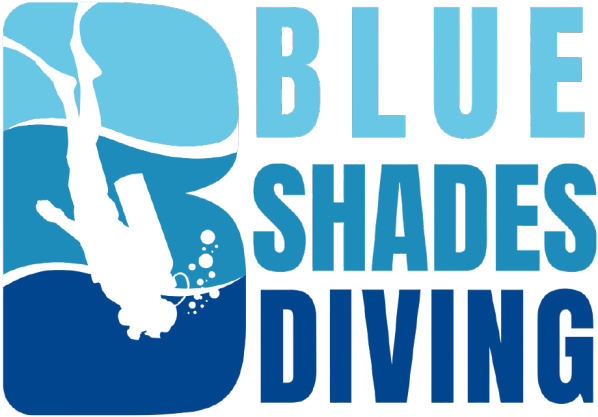St. John’s
St. John’s
Untouched Diving in Egypt’s Deep South
The St. John’s reefs are in the far south of Egypt, close to the Sudanese border, making them a true hidden gem far off the well-traveled dive routes. These dive sites are known for their extraordinary topography – featuring channels, caves, overhangs, and tunnels, which are quite rare in the Red Sea. This region is also home to many pelagic species, including sharks, dolphins, and manta rays. Other notable marine life includes dugongs, squid, Spanish dancers, bigmouth mackerel, and bump head parrotfish.
The St. John’s reefs lie along the Tropic of Cancer in Foul Bay, just south of the Ras Banas peninsula, near Hamata and close to Sudan. Covering an area of roughly 290 km², they offer an impressive variety of diving environments. Today, they are among the top destinations for Red Sea liveaboards seeking new highlights off the beaten path.
Diving in the Deep South of the Red Sea Offers:
• Spectacular drop-offs and vibrant coral gardens with a mix of hard and soft corals – arguably the most stunning in the entire Red Sea
• Tunnels, overhangs, swim-throughs, and caverns
• Excellent visibility – ideal for underwater photography
• An incredible variety of reef fish
• Strong currents and deep walls attracting big fish like grey reef sharks, hammerheads, thresher sharks, mackerel, barracuda, and jacks
Habili Ali
Habili Ali is a small, oval-shaped submerged reef and the easternmost dive site in the St. John’s system. On a single dive, you’ll typically explore about half of the reef wall, depending on the current and sun angle. Strong currents are common here, bringing in predators like jacks and grey reef sharks. Bottlenose dolphins occasionally hunt through the area, and encounters with hammerheads and manta rays are also possible. The best time to spot oceanic whitetip sharks is from May to June.
Magnificent coral formations decorate the walls, with large gorgonians and sea whips lining the edges. Cracks and caverns in the reef provide shelter for groupers and cardinalfish. The shallow plateau is ideal for a scenic safety stop. Habili Ali can be challenging, but it is without doubt a highlight of diving in the southern Red Sea.
Gota Kebira
Gota Kebira is a large reef stretching over 800 meters, offering several exciting drift dives. In the north, two plateaus often host whitetip reef sharks and blue spotted stingrays. Currents frequently split here, creating perfect conditions for shark encounters. The east and west sides feature sloping walls covered in soft brown corals. The eastern side is typically dived in the morning, while the western side is best in the afternoon.
In the southeast, deep fissures and tunnels break through the reef wall. In the south, a gently sloping plateau is home to unicorn fish and rabbitfish. The shallows are adorned with colorful anemones, and green turtles often feed and rest here.
Gota Soghayr
Gota Soghayr is a small, steep-sided reef dominated by gorgonians and sea whips in the deeper areas, while the shallows are carpeted with soft corals and juvenile fish. Napoleon wrasse often cruise the edge of the reef, and schools of bump head parrotfish roam the flats in search of food.
The southern side is the highlight in the latter part of the dive, with numerous overhangs and a shallow cave at 10 meters that can be explored.
Habili Gaffar
Habili Gaffar is a smaller reef plateau, around 30 meters across at the surface, with a ledge running at 20–35 meters deep before dropping off steeply into the Red Sea. Its compact size means you can circle the reef two or three times during a dive or zigzag up one side, depending on the current.
Strong currents attract snappers, barracuda, tuna, and reef sharks, especially on the northern side where a small protrusion extends at 40 meters. The shallows are dominated by pink soft corals and fairy basslets. Bigmouth mackerel darts across the reef top, while lionfish stalk prey in the shallows.
Dangerous Reef
Despite its name, Dangerous Reef is one of the safer dive sites in the southern Red Sea, thanks to its relatively flat and shallow bottom. It’s perfect for overnight anchoring and night dives, where divers often encounter squid, Spanish dancers, and hunting moray eels. The reef’s topography includes many swim-throughs that are easily and safely navigated.
Abu Basala
Abu Basala is one of the largest reefs in the St. John’s region, offering 3–4 different dive profiles. This crescent-shaped reef is unique in the deep south for its lack of steep walls. Instead, it features a labyrinth of coral columns, gullies, cracks, ledges, and terraces that slope gently to a sandy bottom just 15–20 meters below. It’s ideal for relaxed, easygoing dives – a welcome break from deep drift diving.
Note: Due to the depth and current conditions, most dive sites in the St. John’s region are recommended for experienced divers only.
